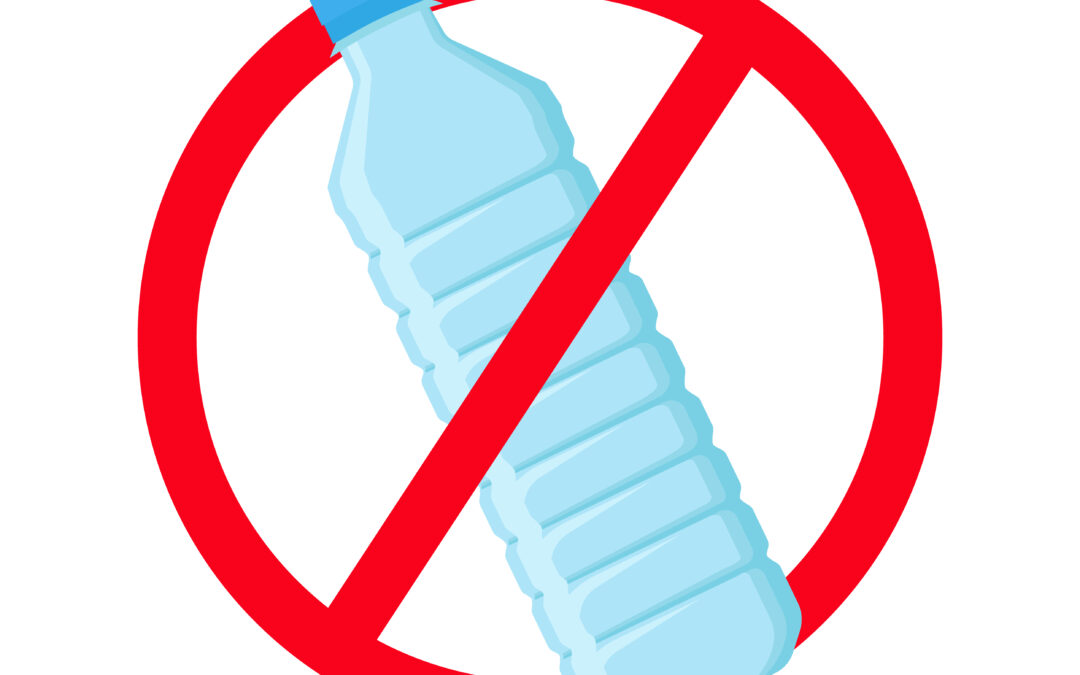Recently, I had a patient ask my opinion on microplastics and if I thought they were dangerous. To be honest, this is not something that I learned about in medical school or residency, so I had to do some digging on my own to be able to find some answers. While this is not an exhaustive review of microplastics and their potential harms, I did learn some valuable information and wanted to share it with you.
Over the last decade, research has increasingly shown that microplastics—tiny fragments of plastic less than 5 mm in size—are not just an environmental concern, but also a human health issue. Evidence suggests that these particles can accumulate in the bloodstream and tissues, raising concern about long-term biological effects. A 2022 study published in Environment International demonstrated the presence of microplastics in human blood for the first time, confirming systemic exposure (Leslie et al., 2022). More recently, researchers have identified micro- and nanoplastics in the brain tissue of animal models, raising the possibility that these particles may cross the blood-brain barrier and contribute to neuroinflammation, oxidative stress, and potential neurodegenerative pathways (Prüst et al., 2020).
The most concerning aspect of microplastic exposure is the potential for bioaccumulation. Unlike many toxins that can be metabolized or excreted, microplastics appear to persist in tissues, where they may trigger chronic immune activation. Laboratory studies suggest that once inside the body, these particles can generate reactive oxygen species and disrupt cell membranes, potentially increasing the risk of cardiovascular disease, metabolic dysfunction, and neurological impairment (Yong et al., 2020). While human data are still emerging, the early evidence highlights the urgent need to better understand long-term consequences, especially since plastics are so pervasive in modern life.
Minimizing exposure requires both individual and systemic changes. The most common offenders include single-use plastic bottles, food packaging, synthetic textiles, and microbeads from personal care products. Heating or storing food in plastic containers significantly increases the release of microplastics and associated chemicals into what we consume. Choosing stainless steel or glass water bottles, avoiding microwaving food in plastic, using natural fiber clothing and bedding, and installing high-quality water filters are all practical strategies to reduce intake.
For those interested in a deep dive into the broader implications of toxic exposures, Dr. Peter Attia recently reviewed the topic of microplastics and related environmental toxins on his podcast The Drive. He emphasizes that while we cannot eliminate exposure completely, a thoughtful risk-mitigation strategy can meaningfully reduce the body’s cumulative toxic burden. As evidence mounts, it is becoming clear that both personal habits and public health initiatives will play a critical role in addressing the microplastic challenge.
References
Yong CQY, et al. Toxicity of microplastics and nanoplastics in mammalian systems. International Journal of Environmental Research and Public Health. 2020;17(5):1509.
Leslie HA, et al. Discovery and quantification of plastic particle pollution in human blood. Environment International. 2022;163:107199.
Prüst M, et al. Nanoplastics cause neurotoxicity in vitro and in vivo: A review. Frontiers in Toxicology. 2020;2:579361.

